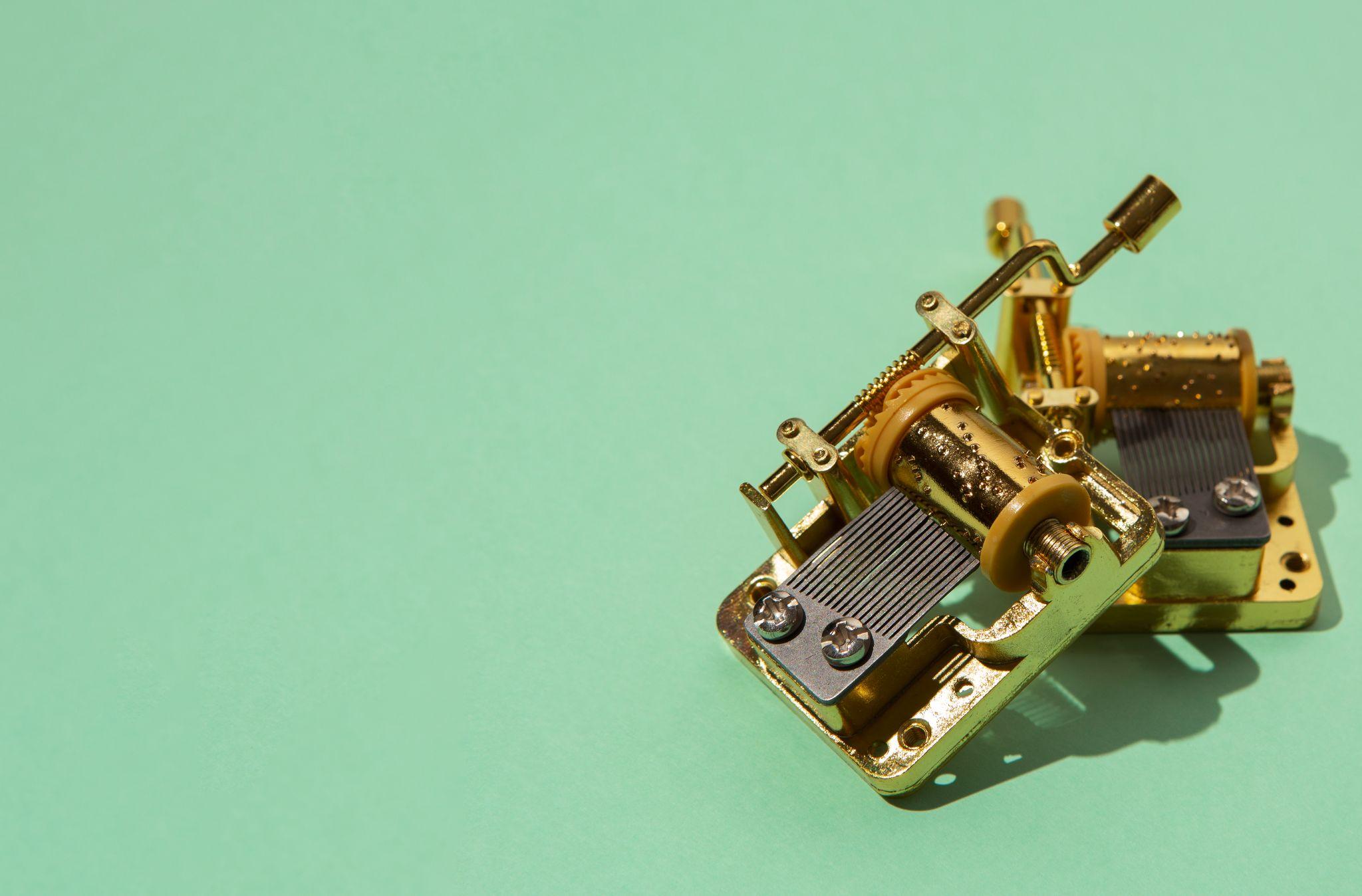Photocell sockets are crucial components in various electrical systems. They act as the link between light sensors and control circuits. These sockets are vital in applications ranging from automotive lighting to industrial automation.
The key to their proper functioning is seamless connectivity, ensuring reliable operation. Issues with connectivity in photocell sockets can lead to inefficiencies, malfunctions, and potentially dangerous situations. This highlights the critical importance of robust contact mechanisms.
Traditional copper contacts are susceptible to corrosion and wear over time. Gold-plated contacts offer a solution that could revolutionize connectivity in photocell sockets. This article will provide a comprehensive guide exploring the benefits, applications, and potential impact of gold-plated contacts on the future of electrical connectivity.
Understanding the Fundamentals of Photocell Sockets
Photocontrol sockets are a key part of automated lighting control systems. They connect to light fixtures and contain a light-sensing device called a photocell. This photocell constantly monitors the surrounding light levels, triggering pre-set actions as the light changes during the day.
The design of photocell sockets focuses on the socket’s structure. The socket housing is usually made from heat-resistant materials to protect the internal parts from the heat produced during use.
The Role of Contacts in Photocell Sockets
The contacts inside a Photo Control Switch are critical for creating a reliable and effective electrical connection between the photocell and the external circuitry. These contacts not only provide a secure physical link but also allow electrical signals to flow to and from the photocell.
Photocell sockets often have contacts made of copper, bronze, or nickel. While these traditional sockets offer a convenient solution for automated lighting control, they can encounter challenges that hinder their effectiveness.
Challenges of Traditional Photocell Sockets and Their Impacts
Copper and bronze contacts excel in electric conduction and possess robust strength. But as time passes, these materials may undergo corrosion and oxidation. These changes occur when the metal mixes with environment aspects such as water, air, or specific chemicals.
Copper and bronze contacts are very good at conducting electricity and are also very strong. However, over time, these materials can become prone to corrosion and oxidation. This happens when the metal interacts with environmental factors like moisture, air, or certain chemicals. This creates a blockage that disrupts the flow of electricity between the socket and the photoelectric switch.
This leads to the formation of a barrier. This barrier interrupts the electric connection between the photocell and the socket. The results of these weakened connections can be significant and discussed below.
● Malfunctions: Disrupted signal transmission can lead to erratic behavior in the connected device. Lights might flicker or turn on and off at the wrong times. In security systems, this could cause missed detections or false alarms.
● Decreased Efficiency: Corroded connections can introduce resistance, forcing the system to work harder to maintain functionality. This means reduced overall efficiency and potentially higher energy consumption.
● Safety Hazards: In extreme cases, severe corrosion can lead to overheating or arcing at the connection point, posing a potential fire hazard.
In situations where the environment or frequent use could affect the socket’s lifespan, manufacturers may choose specialized contact materials like silver or gold. This helps ensure the socket remains reliable and performs well for a long time.
What are Gold-Plated Contacts?
Gold-plated contacts are a special type of photocell socket component. They feature a thin layer of gold that is carefully applied to the metal connectors inside the socket. This gold coating provides several important benefits compared to regular metal contacts.
The gold layer creates a stronger, more durable connection point within the socket. This enhances the overall performance and lifespan of the socket. The gold plating acts as a protective barrier, helping the socket function better and last longer.
How are Gold-Plated Contacts Made?
The process of creating gold-plated contacts involves a meticulous electroplating technique. First, the metal parts of the socket undergo a thorough cleaning. This results in a smooth, empty platform ready for the application of gold.
Next, the socket is immersed in a unique gold ion-filled solution, bearing an electric charge. An unbroken electric current is expertly guided through this mixture, drawing the gold ions onto the socket’s surface. At this location, they unite to form a slender layer of gold.
The thickness of this layer is constantly monitored and modified to guarantee optimal performance of the socket. This assures robust and reliable connections for your photocell socket.
Advantages of Gold-Plated Contacts
Traditional photocell sockets can sometimes struggle with connection quality due to corrosion and oxidation. Gold-plated contacts offer a solution, providing several key advantages.
Superior Resistance to Corrosion
Gold is highly resistant to corrosion. Unlike other materials, gold does do not easily react with elements like moisture or air. This creates a strong protective barrier, shielding the connection point from environmental factors that could degrade performance.
Enhanced Conductivity for Reliable Signals
Gold is an excellent conductor of electricity, allowing it to carry current freely. In button photocell, this ensures clear and uninterrupted communication between the photocell and the connected device. This further allows the system to respond accurately to changes in ambient light levels.
Improved Durability and Longevity
Gold plating effectively prevents corrosion, significantly extending the lifespan of your photocell socket. The connection points remain protected, minimizing the risk of malfunctions and the need for frequent replacements.
Reduced Maintenance Needs
The superior corrosion resistance of gold plating means less frequent maintenance is required. Since the connection points are less prone to degradation, you’ll spend less time troubleshooting and replacing faulty sockets, saving you time and resources.
Applications of Gold-Plated Photocell Sockets
Gold-plated contacts offer real-world benefits in a range of settings that rely on photocell sockets. Here are some prime examples.
Outdoor Lighting Control Systems
Outdoor photocell switch used in outdoor lighting need extra protection against harsh weather like rain, snow, and extreme temperatures. The superior corrosion resistance of gold plating ensures these sockets perform consistently, turning lights on and off at the right times, year-round.
Industrial Automation Settings
Reliability is crucial in industrial automation, where photocells control various functions. Gold-plated contacts minimize the risk of malfunctions due to poor connections, ensuring smooth operation and maximizing production efficiency.
These gold-plated photocell sockets are reliable and built to last. They ensure strong signal transmission and reduce maintenance needs, improving the overall performance and efficiency of your photocell system.
Why Choose a Gold-Plated Socket?
Standard photocell sockets can work well, but over time, they may become affected by corrosion and oxidation, leading to problems and reduced efficiency. Gold-plated sockets help address these issues by providing protection against environmental factors. The gold plating ensures clear and uninterrupted signal transmission for reliable performance. Additionally, it helps extend the lifespan of your photocell socket by minimizing the need for replacements.
For optimal performance and long-lasting value in your photocell applications, consider Chiswear sockets. We offer a wide range of high-quality photocell products. Explore our selection and find the perfect solution for your needs
Final words
By choosing a gold-plated photocell socket, you’re investing in superior performance and long-lasting value. Gold plating ensures reliable connections, extended lifespan, and reduced maintenance. For all your photocell needs, visit Chiswear to discover the perfect socket solution!
External Links
- https://en.wikipedia.org/wiki/AC_power_plugs_and_sockets
- https://www.sciencedirect.com/topics/engineering/photocell
- https://www.sharrettsplating.com/blog/gold-plated-electrical-contacts/
- https://www.azom.com/article.aspx?ArticleID=5000
Post time: Apr-07-2024


